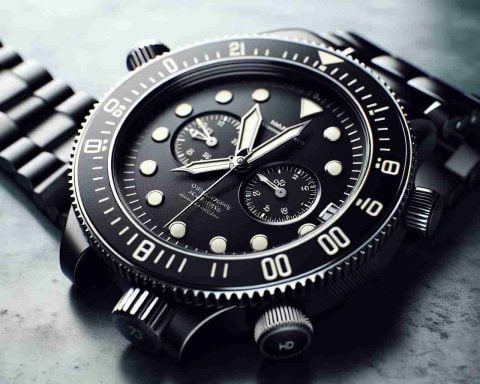Submarine Infrastructure: Critical Yet Vulnerable
The vast networks of submarine cables and pipelines are pivotal for international communication and energy supply. However, recent incidents highlight their susceptibility to interference, posing a serious risk to global stability. In April 2021, a mysterious disappearance of fiberoptic cables from the Svalbard region left Norway without crucial submarine monitoring capabilities. This incident underscored the fragility of these underwater lines that support scientific research and maritime surveillance.
The world watched in shock on September 26, 2022, as explosions rocked the Nord Stream pipelines in the Baltic Sea, crucial conduits for gas from Russia to Germany. Initial blame pointed towards Russia, yet Dutch intelligence implicated divers linked to a pro-Ukrainian group. Fast forward a year, and damage to the Balticconnector pipelines intensified fears across Europe. Further incidents in mid-November 2024, severing cables between Finland, Germany, Sweden, and Lithuania, added to growing concerns over Russian activities.
Seeking Stability: Legal and Protective Measures
In response, experts call for fortified protection measures. Some nations propose utilizing international law to bolster enforcement abilities against high-seas sabotage. The United Nations Security Council could emulate past resolutions allowing robust action, but support from major powers like China and Russia remains uncertain.
Meanwhile, countries like Japan, Singapore, Australia, and New Zealand emphasize the creation of cable protection zones, limiting activities that pose threats to these critical infrastructures. As the world grapples with these vulnerabilities, the need for a cohesive international approach becomes increasingly essential, aiming to safeguard the integrity of global connectivity and energy supply.
Undersea Networks: Balancing Innovation and Security
Rising Threats to Submarine Infrastructure Spark Global Response
The intricate networks of submarine cables and pipelines lying on the ocean floors are the backbone of global communication and energy transmission. Recent incidents of interference and sabotage have exposed their vulnerabilities, prompting an urgent call for enhanced security measures and cohesive international policies.
Technological Innovations and Their Impact
Submarine cables have traditionally been viewed solely as pathways for communication. However, advancements in fiber optics and sensor technologies have transformed them into essential tools for scientific research and surveillance. These technological leaps necessitate updated strategies for both protection and maintenance, underscoring the dual role these infrastructures play in communication and environmental monitoring.
Security Measures: Pros and Cons
Efforts to protect these systems involve a complex balance of technological, legal, and geopolitical strategies. Prospective measures include:
– Cable Protection Zones: Countries such as Australia and New Zealand are exploring designated zones to prevent hazardous activities, such as fishing or drilling that could threaten cables. However, establishing such zones can be politically challenging due to conflicting maritime claims.
– International Legal Frameworks: Legal experts suggest enhancing international law frameworks to include stricter penalties for sabotage. The challenge lies in achieving consensus among key global players, some of whom may have conflicting interests.
– Technological Surveillance: Deployment of advanced monitoring systems can detect unusual activities around submarine cables. While promising, these systems require substantial investment and international cooperation, potentially posing a barrier to widespread implementation.
Market Analysis: Economic Implications
The financial impact of disruptions to submarine networks is significant. Damage to these infrastructures not only hampers communication and energy distribution but also affects international trade and financial markets that rely on secure and stable data transmission. This economic pressure is a driving force behind calls for increased investment in both technology and cross-border cooperation.
Predictions: Future Trends in Submarine Infrastructure
Looking ahead, experts predict a shift towards more robust, secure undersea infrastructure. Key trends include:
– Resilient Design: Future cables may incorporate self-healing technologies and reinforced materials to withstand attacks and natural disasters.
– Sustainability Considerations: As environmental awareness grows, the deployment of eco-friendly materials in cable production and installation is likely to become a standard practice.
– Cross-Border Cooperation: Enhanced international collaboration, possibly under United Nations oversight, could foster a unified approach to submarine infrastructure protection.
In conclusion, as the world becomes increasingly dependent on undersea networks, ensuring their security and resilience is paramount. Through innovative technology, strategic legal frameworks, and international partnerships, the global community can safeguard these critical infrastructures, vital to both communication and economic stability.
For more insights into the evolving field of submarine technology, visit International Telecommunication Union.



















